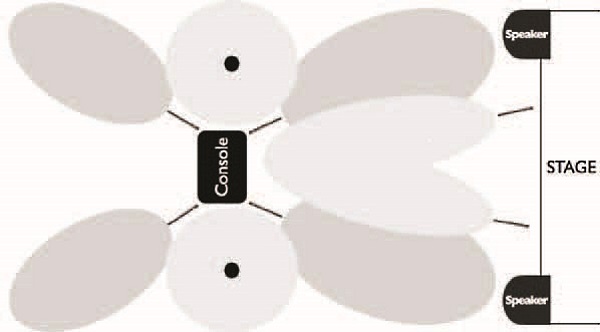
Advanced Methods
Let’s up our game a bit, and note that the following techniques can be used either by themselves or in combinations for best audience coverage.
Front hall: Directly in front of the stage, place two identical mics between the house system loudspeakers, pointed at the middle of the room, as shown in Figure 4.
The trick is to find the null point in the loudspeakers, where in general you can hear them the least, and low frequencies in particular are at their weakest. As a variation, use two mics pointed towards the center, and two more mics pointed towards the side.
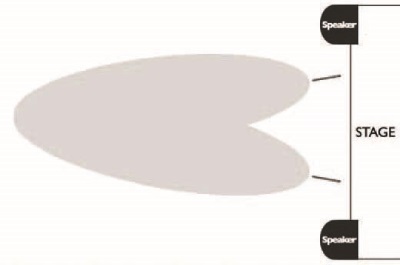
This technique works great when you just can’t find anywhere secure to place mics in the crowd. And, if there’s a balcony, aim the mics at the farthest seat instead of the middle of the room.
Backline: Placing mics on the backline of the stage provides a great drum sound (not that you’re really looking for one), but more importantly for live recording, it also results in a great audience sound.
Place these on tall stands on the back of the stage pointing at the back of the singers(s) heads, as shown in Figure 5.
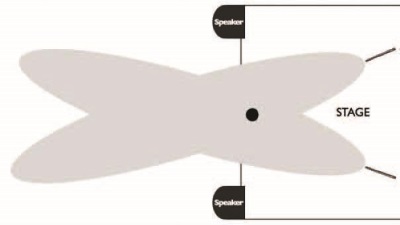
Rear hall: In cases where you’re already using the front hall or backline configurations, a pair of rear hall mics is usually needed as well.
Place these mics forward looking at the stage and 6 feet or so from the rear wall and/or corner of the venue so they don’t pick up any unwanted reflections, as shown in Figure 6.
At The Console
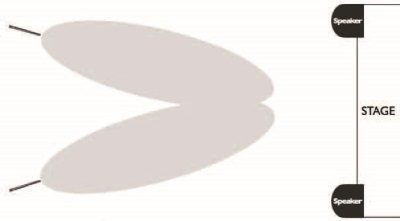
Sometimes the easiest place to put audience mics is at the front of house console, especially in a large venue.
Assuming that you’re set up in the middle of the audience and not under a balcony or some other obstruction, locate four mics (preferably shotguns) at the corners of the mix position, as shown in Figure 7.
The front two mics should aim toward the front of the house. just in front of the PA stacks, while the rear mics should point at deep house left and right – in other words, towards the corners of the venue.
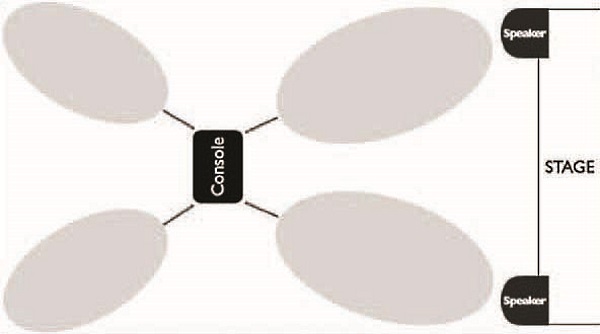
This approach works great by itself, and even better with the addition of front hall or backline mics.
Further, any combination of any of these methods that cover the front, rear and middle of the audience present not only a lot of options for great audience coverage, but for capturing some really nice ambience as well (Figure 8).
Keep in mind that when using multiple pairs of mics, it’s best to record them on multiple stereo tracks to keep your variations open during mixing.
The Great Outdoors

Mic’ing a crowd outdoors poses a different set of circumstances in comparison to the indoor experience. For one thing, placement is usually a lot more difficult, with fewer options for hanging mics.
In addition, the ambience of the venue is lessened, so you usually need to resort to using more mics as a result. And don’t forget the windscreens, because nothing makes a track unusable like wind blasting across the mic capsules.
